Introduction
I asked Synology to resubmit its top-of-the-line DS508 Disk Station for retesting with our new NAS testbed. I didn’t think that the old test method was limiting the performance produced by the 508’s Freescale MPC8543 and 512 MB of DDR2 RAM. But since it is Synology’s current top-of-the-line machine and selling for over $1000, I wanted to enable readers to make an apples-to-apples comparison with other high-performance NASes that have been tested with the new process.
Synology sent the system with five Seagate ST3500320AS Barracuda 7200.11 500 GB drives installed (32 MB cache), hoping for a bit of performance boost over the WD800JD Caviar SE 80 GB (8 MB cache) drives supplied for the previous review and test. The new system had DSM 2.0-0732 firmware vs. the DSM 2.0-0598 on the previous test.
Tests were run with 100 Mbps, 1000 Mbps and 1000 Mbps w/ 4k jumbo frame LAN connections. The system was first set to factory defaults, which includes write cache enabled, then formatted first with all five drives configured in RAID 0, then RAID 5.
Figure 1, which compares RAID 0 and RAID 5 write benchmarks with 1000 Mbps and 1000 Mbps w/ 4k jumbo frame LAN connections. What is interesting here is that all points are below the Gigabit LAN’s 125 MB/s maximum speed, i.e. cache effects have been minimized. You’ll see the contrast with other NASes in a moment.
Write throughput for 32 MB to 4 GB file sizes and 1000 Mbps LAN averaged 40.8 MB/s for RAID 0 and 31.2 MB/s for RAID 5, while reads averaged 51.9 MB/s for RAID 0 and 48.3 MB/s for RAID 5. Using 4k jumbo frames provided a bit of RAID 0 performance boost, but more with RAID 5.
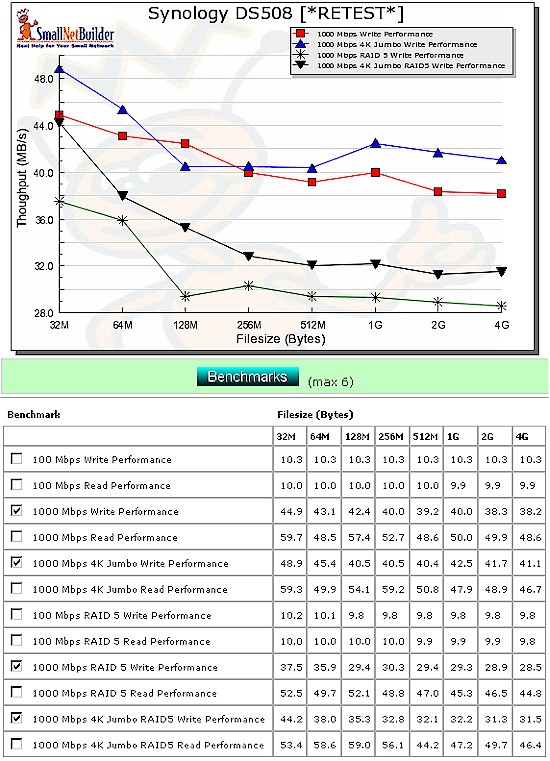
Figure 1: Synology DS508 Write benchmark comparison
Read results bounce around (amplified by the reduced scale) but average 51.9 MB/s for RAID 0 and 48.3 MB/s for RAID 5. Using 4k jumbo frames yields a slight RAID 0 improvement to an average 52.1 MB/s for the 32 MB to 4 GB "large" file size group and 51.8 MB/s for RAID 5.
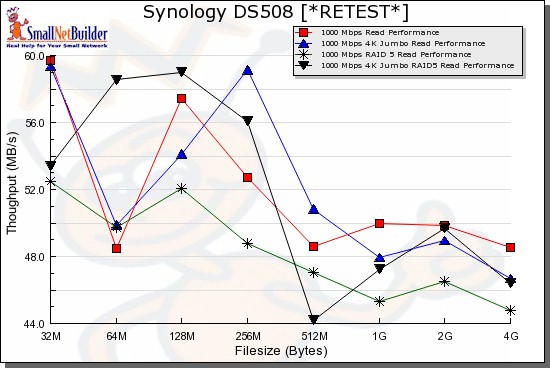
Figure 2: Synology DS508 Read benchmark comparison
Competitively, the DS508’s lack of cache boost at the smaller filesizes puts it at a disadvantage. Figure 3 compares the DS508, new HP MediaSmart EX487, Thecus M3800 Stream Box and retested NETGEAR ReadyNAS Pro write performance with a gigabit LAN connection and includes the results from the DS508’s old testbed run.
I have included the table of throughput values, since the HP’s extremely high cached performance at smaller file sizes compresses the plot at the higher file sizes. The cache boost that the DS508 got in the previous test at the 32 MB file size is gone and performance is very similar otherwise. The DS508 actually turns in better results than the Thecus M3800 from 128 MB file size on up, even though it ranks (right) below it in the average chart.
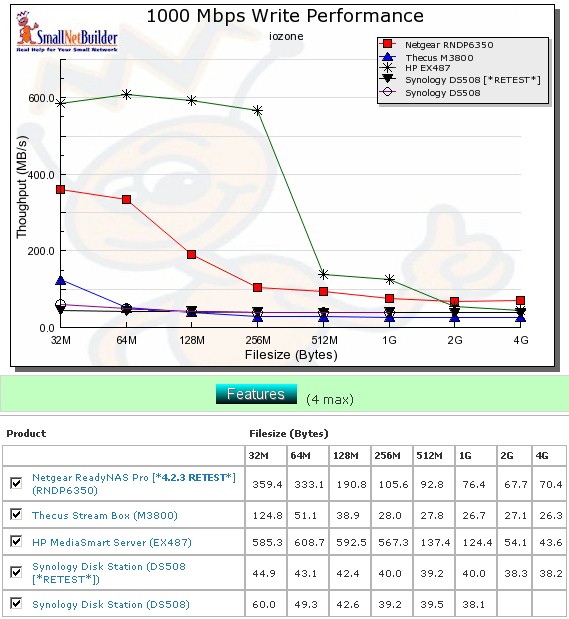
Figure 3: Synology DS508 competitive write comparison – 1000 Mbps LAN
The read comparison in Figure 4 shows that the retested DS508’s throughput stays nice and steady vs. the first test’s falloff after 256 MB file size. You can also see that the DS508 is a bit slower than the Thecus M3800 from 256 MB file size on up.
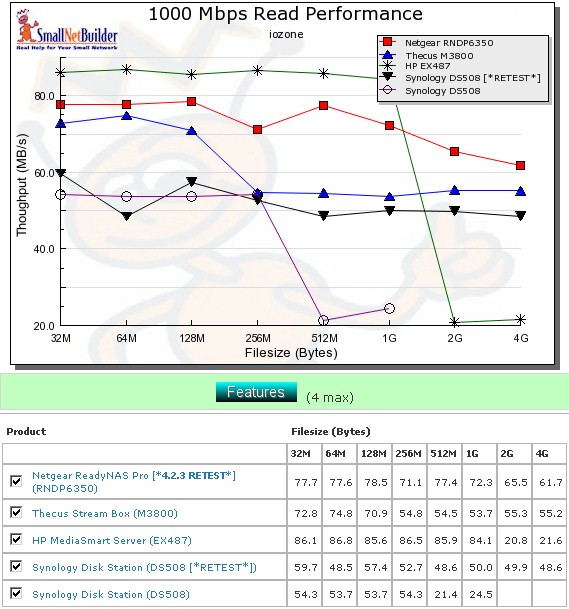
Figure 4: Synology DS508 competitive read comparison – 1000 Mbps LAN
RAID 5
Moving on to RAID 5 write, the HP drops out since it doesn’t use RAID. Again, aside from some cache boost below 256 MB file size, the DS508’s retested performance pretty much matches the original. It also once again beats out the Thecus at larger file sizes, this time starting at 512 MB.
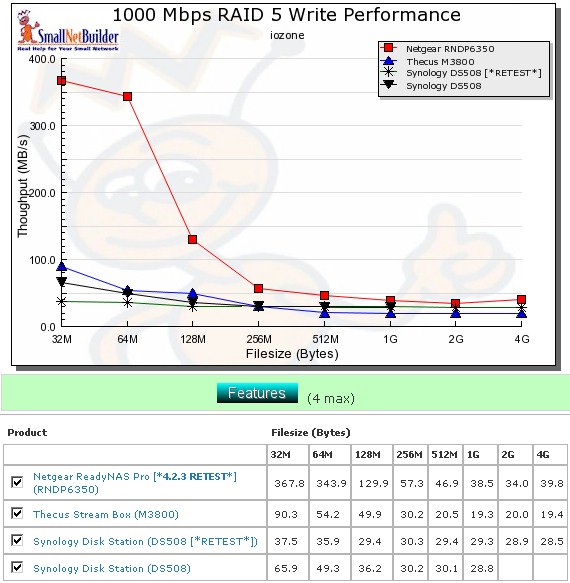
Figure 5: Synology DS508 RAID 5 competitive write comparison – 1000 Mbps LAN
Figure 6, showing RAID 5 read performance is pretty hard to sort out. But there is an average performance improvement over the original DS508 test, since throughput does not fall off above 256 MB file size. It’s easier to compare the calculated average chart results which are 57.9, 56.9 and 48.3 MB/s for the NETGEAR, Thecus and DS508 respectively.
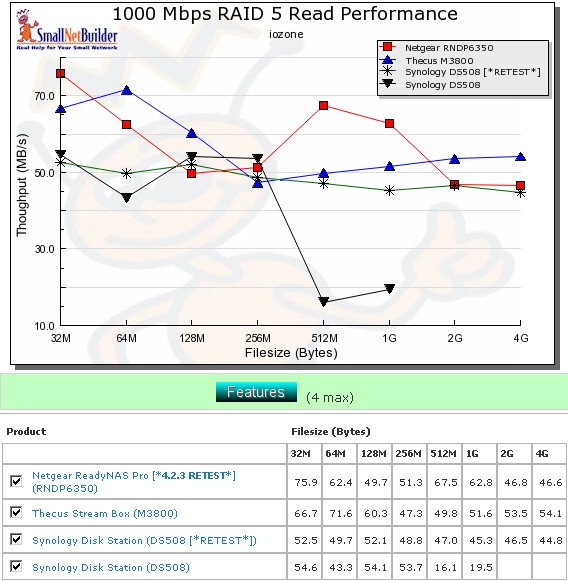
Figure 6: Synology DS508 RAID 5 competitive read comparison – 1000 Mbps LAN
Vista SP1 File Copy
The new test procedure includes file copy tests using a Vista SP1 client. Table 1 compares the DS508 with its closest rival, the Thecus M3800. For both RAID 0 and 5, the DS508 beats out the M3800. But for reads, the Thecus clearly has the edge.
| Test Description | Synology DS508 (MB/s) | Thecus M3800 (MB/s) |
|---|---|---|
| RAID 0 Write |
36.3
|
32.2
|
| RAID 0 Read |
59.9
|
73.6
|
| RAID 5 Write |
28.7
|
21.9
|
| RAID 5 Read |
57.3
|
69.2
|
Table 1: File copy comparison – 1000 Mbps LAN
Conclusion
The bottom line of all this is that the DS508’s retest shows a remarkably even performance across file sizes and confirms that the original test bed did not limit the 508’s performance.
All retest data for the DS508 has been entered into the NAS Chart database so that you can now compare it in confidence against other products tested with the new process.
